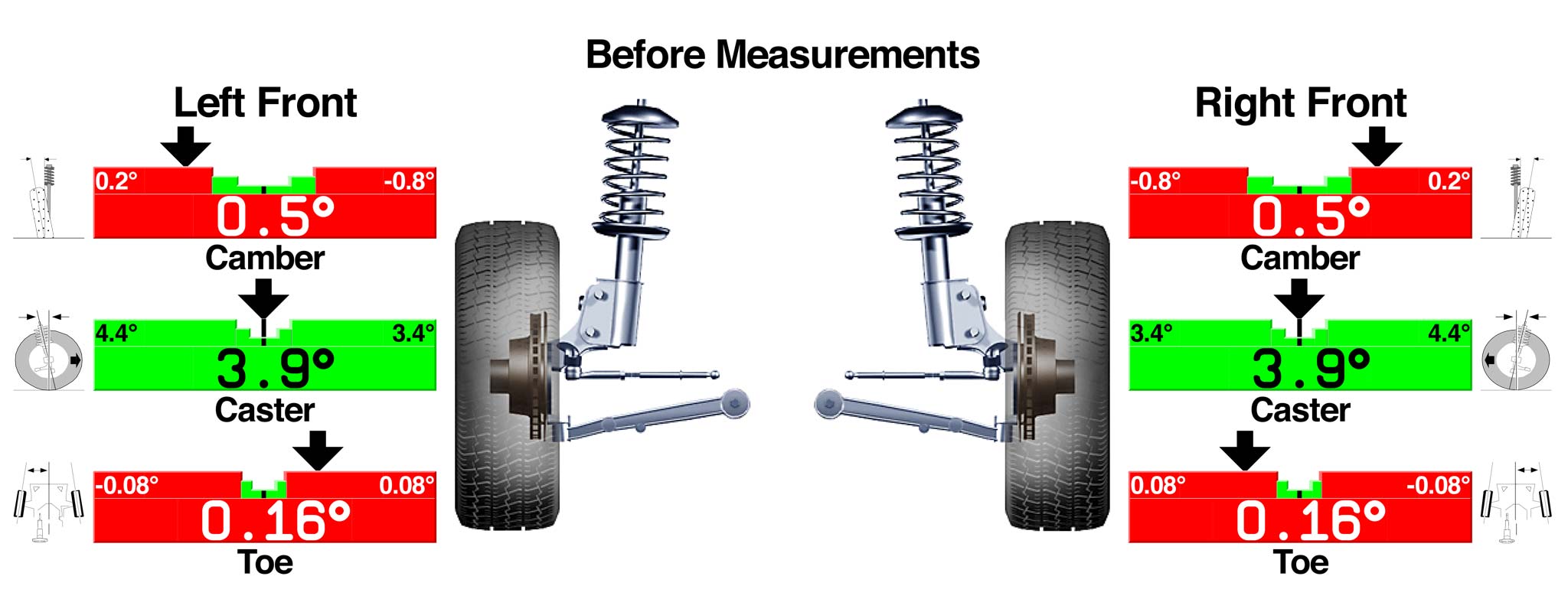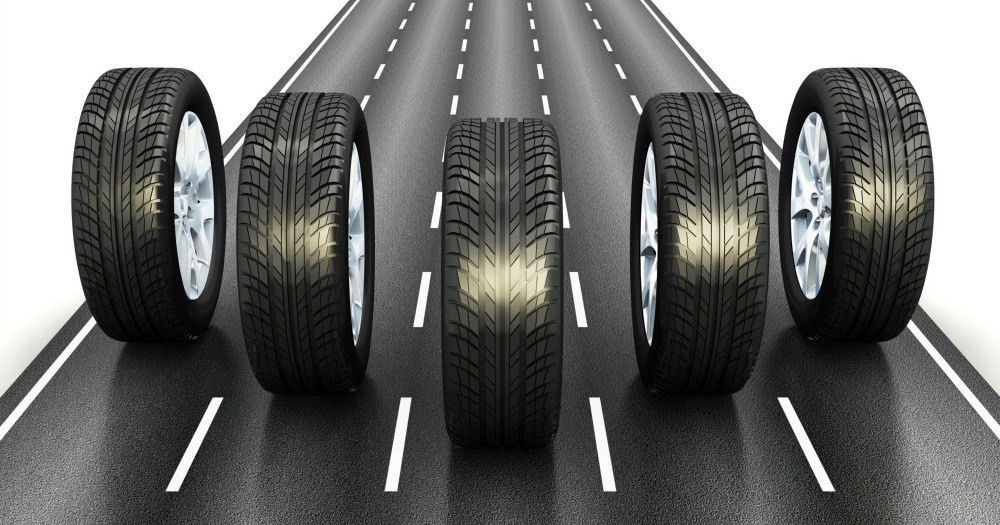Table Of Contents
- 1 Importance of Choosing the Right Tires
- 2 Understanding Tire Size and Type
- 3 Factors to Consider Before Buying Tires
- 4 Different Types of Tires Available
- 5 Tire Maintenance Tips
- 6 Choosing the Right Brand of Tires
- 7 Budget-Friendly Tire Options
- 8 Importance of Proper Alignment and Balancing
- 9 Specialty Tires for Specific Needs
Importance of Choosing the Right Tires
Safety
Choosing the right tires is crucial for your safety on the road. Tires are the only contact point between your vehicle and the pavement, and having the wrong type or worn-out tires can lead to dangerous situations. Imagine driving in rainy conditions with bald tires. The risk of hydroplaning increases significantly, making it essential to have tires that can effectively channel water away and maintain traction. To put it simply, the right tires can help you:
- Reduce stopping distances
- Enhance cornering stability
- Prevent skidding
Performance
Beyond safety, the performance of your vehicle largely depends on tire selection. The right tires can improve fuel efficiency, handling, and ride quality. For example, performance tires are designed to offer better grip in dry conditions, which can make a world of difference in how your car responds during quick turns. When thinking about tires, consider how they will impact:
- Acceleration and braking
- Cornering ability
- Overall driving enjoyment
In essence, investing time in selecting the right tires not only ensures safety but enhances your overall driving experience. So, make an informed choice and enjoy the ride!

Understanding Tire Size and Type
Tire Size
Understanding tire size is essential for making the right choice. Tire sizes are typically expressed in a format like P215/60R16, which contains vital information. The “P” stands for passenger vehicle, while “215” indicates the tire width in millimeters. The “60” represents the aspect ratio, showing how tall the sidewall is in relation to the width, and the “R” means it’s a radial tire. Finally, “16” denotes the diameter of the wheel in inches.
Why Tire Size Matters:
- Safety: Improperly sized tires can lead to handling issues.
- Fuel Efficiency: The right size can improve fuel economy.
- Comfort: Size affects ride smoothness and noise levels.
Tire Type
Similarly, the type of tire you choose significantly influences performance. Common tire types include:
- All-Season Tires: Great for moderate climates and everyday driving.
- Performance Tires: Designed for responsiveness and speed, ideal for sporty vehicles.
- Winter Tires: Essential for icy and snowy conditions; they provide better traction.
Selecting the correct tire type ensures your vehicle performs optimally in various conditions, enhancing both safety and driving pleasure. Understanding these elements will help you make an informed decision as you gear up for your next drive!

Factors to Consider Before Buying Tires
Weather Conditions
When choosing tires, one of the most critical factors is the prevailing weather conditions in your area. Seasonal changes can dramatically affect your driving experience and safety. For instance, if you live in a region with heavy snowfall, winter tires are a must. They are designed with unique tread patterns and rubber compounds that provide superior traction on ice and snow. Consider the following weather-related factors:
- Rainy climates: Look for tires with excellent wet traction to reduce the risk of hydroplaning.
- Hot, dry areas: Performance or all-season tires can enhance handling and reliability.
- Extreme seasons: Opting for dedicated tires for winter and summer can be beneficial.
Driving Habits
Your driving habits also play a crucial role in tire selection. If you’re someone who enjoys spirited driving or frequently tackles winding roads, performance tires may be ideal for you. However, if you mainly drive in the city or for commutes, all-season tires might suffice. Assess your driving style:
- Daily commuting: All-season tires provide versatility.
- Frequent long trips: Consider tires that prioritize comfort and stability.
- Sporty driving: Performance tires will offer better grip and handling.
By considering both weather conditions and driving habits, you can select tires that not only safeguard your trips but also elevate your driving experience.

Different Types of Tires Available
All-Season Tires
All-season tires are one of the most versatile options for the average driver. They are engineered to perform well in a variety of conditions—rain, light snow, and dry roads—making them suitable for year-round use. Personally, I’ve driven through both humid summer weather and light winter conditions without feeling the need to switch tires.
Key Features of All-Season Tires:
- Tread Design: Often features symmetrical tread patterns for even wear and stability.
- Performance: Balance between comfort and handling.
- Durability: Typically last longer due to their compound that resists wear.
These tires are perfect for those who want a reliable and hassle-free driving experience without being overly specialized.
Performance Tires
On the other hand, performance tires are designed for those who demand more from their vehicle. Whether you’re hitting the racetrack or simply enjoying a spirited drive on winding roads, performance tires deliver enhanced grip, responsiveness, and cornering stability.
Benefits of Performance Tires:
- Enhanced Traction: Provides better grip in dry conditions.
- Responsive Handling: More precise steering feedback.
- Sporty Design: Often boasts a more aggressive tread pattern for aesthetics and performance.
If you’re someone who enjoys driving for the thrill of it, investing in performance tires can dramatically elevate your driving experience. Understanding these tire types will help you make the right choice tailored to your driving needs and preferences!

Tire Maintenance Tips
Tire Rotation
Maintaining your tires is just as important as selecting the right ones, and one vital practice is tire rotation. This process involves moving the tires from one position on the vehicle to another to ensure even wear. I remember the first time I neglected this step; I ended up with a noticeable bulge on one tire that could have been avoided.
Benefits of Tire Rotation:
- Extended Lifespan: By promoting even wear, you can significantly lengthen the life of your tires.
- Enhanced Performance: Properly rotated tires can improve handling and stability.
- Cost Efficiency: Regular rotation can delay the need for replacements.
Aim to rotate your tires every 5,000 to 7,000 miles, or according to your vehicle manufacturer’s recommendations.
Tire Pressure Checking
Another critical aspect of tire maintenance is checking tire pressure. Properly inflated tires not only ensure your safety, but they also help with fuel efficiency. I learned this the hard way after noticing my gas mileage drop significantly because of under-inflated tires.
Importance of Checking Tire Pressure:
- Safety: Improperly inflated tires can lead to blowouts.
- Fuel Economy: Correct pressure improves gas mileage.
- Traction and Handling: Proper inflation ensures maximum grip on the road.
Make it a habit to check your tire pressure at least once a month, especially before long trips. By incorporating these maintenance tips into your routine, you’ll keep your tires in top condition and enjoy a safer, smoother ride!

Choosing the Right Brand of Tires
Popular Tire Brands
When it comes to tire shopping, the brand can significantly impact both performance and quality. Some popular tire brands have built a reputation over the years for delivering reliability and performance. For instance, brands like Michelin, Bridgestone, and Goodyear are often top choices among drivers.
Highlights of Popular Brands:
- Michelin: Known for superior longevity and fuel efficiency.
- Bridgestone: Offers a wide range of tires, including winter and performance options.
- Goodyear: Recognized for innovative technology and quality.
Taking the time to research these brands can help you find the best fit for your needs.
Customer Reviews and Ratings
Beyond brand reputation, customer reviews and ratings play a critical role in the decision-making process. Before I purchased my last set of tires, I spent hours browsing online reviews. They provided insights into real-world performance and issues that may not be apparent from marketing materials.
Why Reviews Matter:
- Real Experience: Hear from other drivers and gauge tire performance in conditions similar to yours.
- Identify Common Issues: Reviews can reveal patterns in tire problems or benefits.
- Build Trust: High ratings often indicate a reliable product.
By combining brand knowledge with customer feedback, you stand a better chance of selecting tires that meet your expectations and enhance your driving experience.

Budget-Friendly Tire Options
Budget Tire Brands
Finding quality tires doesn’t always have to break the bank. Numerous budget-friendly tire brands offer reliable performance at a fraction of the cost of premium options. Brands like Hankook, General Tire, and Falken have earned respect in the tire community for their quality and affordability.
Benefits of Choosing Budget Brands:
- Cost-Effective: Affordable prices without compromising essential features.
- Reliable Performance: Many budget tires provide good tread life and comfort.
- Variety: Many budget brands offer a wide range, from all-season to performance tires.
When I switched to Hankook tires years ago, I was pleasantly surprised by their performance—definitely worth the investment!
Sales and Discounts
Another great way to save money on tires is by taking advantage of sales and discounts. Tire retailers often hold seasonal promotions, especially during holidays or change of seasons. Signing up for newsletters can alert you to deals before they go public.
Tips for Finding Discounts:
- Check Online: Websites often have better deals than brick-and-mortar stores.
- Loyalty Programs: Some retailers provide discounts for returning customers.
- Off-Season Purchases: Buying tires during off-peak seasons can yield significant savings.
By exploring budget tire brands and keeping an eye out for sales, you can find quality tires that fit your budget without sacrificing performance and safety!

Importance of Proper Alignment and Balancing
Tire Alignment
Ensuring proper tire alignment is critical for your vehicle’s performance and safety. Misalignment can lead to uneven tire wear, decreased fuel efficiency, and handling issues. I remember the first time I felt my steering wheel pull to one side; it turned out my alignment was off, which could have put me at risk during turns.
Benefits of Proper Tire Alignment:
- Improved Handling: Proper alignment allows for more responsive steering.
- Extended Tire Life: Even wear on tires means they last longer.
- Better Fuel Efficiency: Correct alignment can improve your vehicle’s fuel consumption.
Aim to have your alignment checked every 6,000 to 10,000 miles or whenever you notice any handling issues.
Tire Balancing
Equally important is tire balancing. This process ensures that the weight of the tire and wheel is distributed evenly around the axle. Unbalanced tires can cause vibrations that lead to discomfort and even damage to your suspension system.
Why Tire Balancing Matters:
- Smooth Ride: Balanced tires provide a comfortable driving experience without vibrations.
- Prevents Premature Wear: Unbalanced tires can wear out faster and unevenly.
- Reduces Strain: Proper balance decreases stress on suspension components.
Regularly checking your tire alignment and balancing is essential for optimizing driving performance and extending your tire lifespan. By taking these steps, you’ll ensure a safer and smoother ride on every journey!

Specialty Tires for Specific Needs
Winter Tires
When winter weather hits, having the right tires can make all the difference in safety and performance. Winter tires are specifically designed to handle icy and snowy conditions, featuring unique tread patterns that enhance traction. I remember switching to winter tires before a heavy snowfall last year, and the grip they provided made my commute feel much safer.
Key Features of Winter Tires:
- Softer Rubber Compounds: Remain flexible in freezing temperatures for better grip.
- Aggressive Tread Patterns: Designed to channel snow and slush away efficiently.
- Studded Options: Some winter tires come with metal studs for maximum traction on ice.
Investing in a good set of winter tires is essential if you live in an area prone to harsh winters.
Off-Road Tires
For adventure enthusiasts and those who regularly traverse rugged terrain, off-road tires are a game changer. These tires are engineered for durability and traction in challenging conditions, whether it’s mud, rocks, or sand. My friend recently upgraded to off-road tires for his Jeep, and the improvement in traction during our weekend trail ride was impressive.
Benefits of Off-Road Tires:
- Deep Tread Patterns: Provide excellent grip on uneven surfaces.
- Reinforced Sidewalls: Protect against punctures and cuts.
- Versatility: Ideal for various terrains, from rocky trails to muddy paths.
By choosing specialty tires that match your specific driving needs, you can enhance your vehicle’s performance and ensure you’re ready for any adventure!




